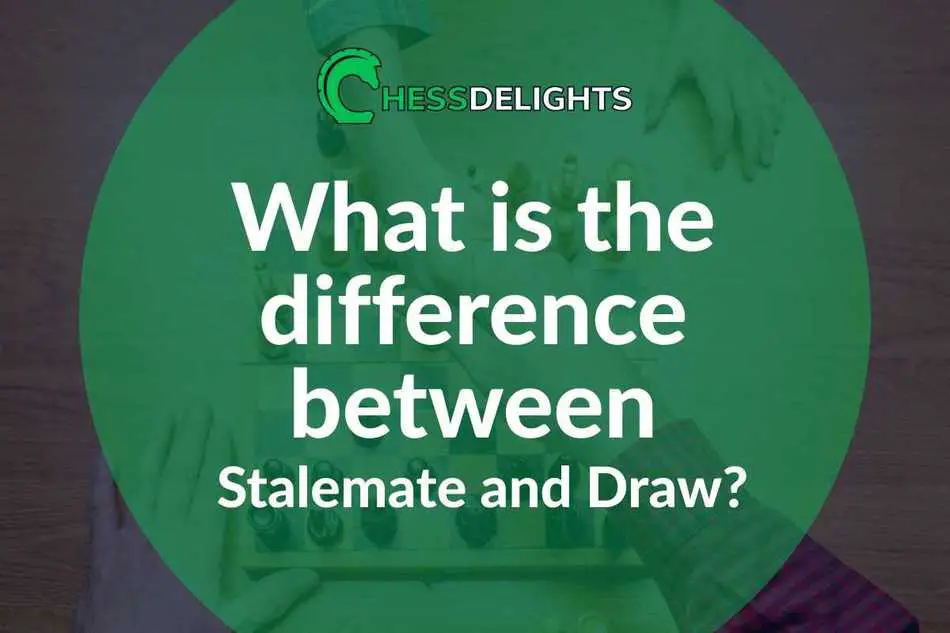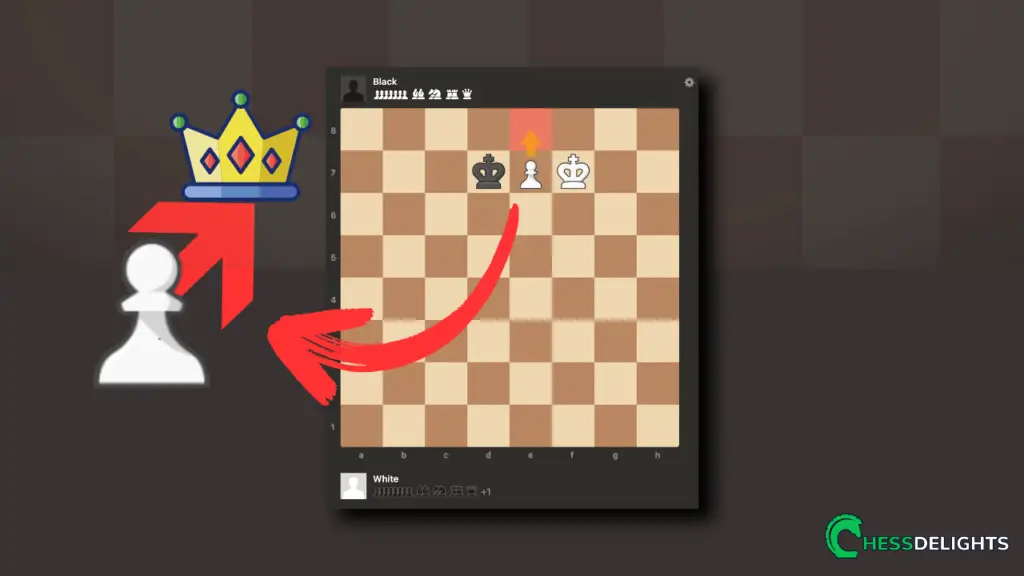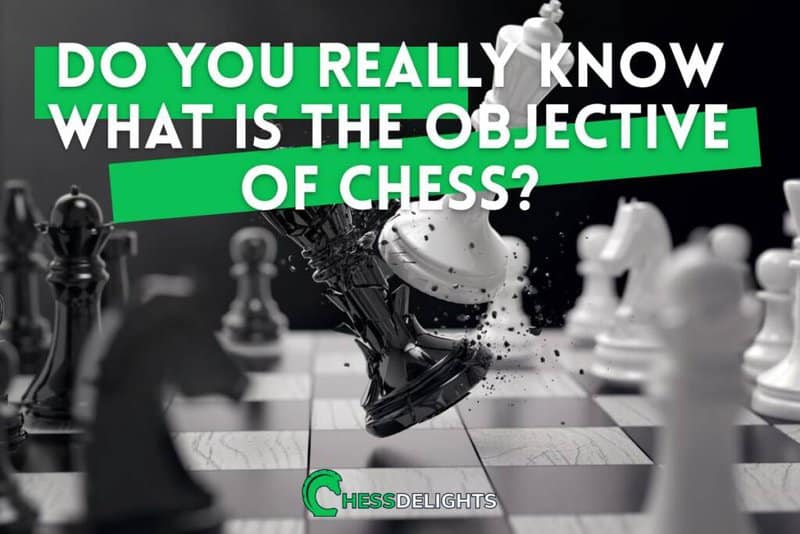Chess is a fun game that can sometimes lead to tricky situations like stalemate and draw. While many people use the term “draw” to describe when a game ends without a winner, stalemate has its own special meaning. In chess, stalemate happens when a player has no legal moves left, but their king is not in check. This means the game ends in a draw, but it’s different from other ways a game can end.
Understanding the difference between stalemate and draw can help players think more carefully during the game. Let's explore these two concepts and see why they matter in chess!
Table of Contents
What is the difference between stalemate and draw?
So, what is the difference between stalemate and draw? Stalemate and draw are two different things in chess. A stalemate happens when a player has no legal moves left and their king is not in check. This means the game ends right away, and both players get a score of zero. A draw, on the other hand, can happen in different ways.
For example, both players might agree to a draw, or there might not be enough pieces left on the board to win. Even though both stalemate and draw mean no one wins, stalemate is a special case that leads to a draw, while a draw can happen for many reasons.
Recommended Reading: If you want to learn more about fundamentals of chess, read this article.
What are the different types of a draw in chess?
While you may know that a stalemate is a type of draw, there are actually several different ways a game can end in a draw.
Here are four types of draws in chess:
- Mutual Agreement: Both players can agree to a draw at any point during the game. This often happens when both players feel they cannot win.
- Insufficient Material: If there aren’t enough pieces left on the board for either player to checkmate the other, the game is declared a draw. For example, if there is only a king left for each player, no one can win.
- Fifty-Move Rule: If fifty moves occur without any pawns being moved or any pieces being captured, the game can be declared a draw. This rule encourages players to keep the game moving.
- Threefold Repetition: If the same position occurs three times during the game, with the same player to move each time, the game can also end in a draw. This can happen if a player keeps moving back to the same spots without making progress.
These types of draws can help a player avoid losing, making chess an exciting strategy game. In chess, every game can end in a win, loss, or draw, which keeps things interesting.
Remember, while stalemate is not a win, it’s another way to avoid defeat!
Why is stalemate not a win?
Stalemate in chess is considered a draw rather than a win, and there are several reasons for this distinction.
- Fairness: Treating stalemate as a win could create an unfair advantage for the player who is losing. A player in a losing position might be able to force a stalemate by carefully maneuvering their pieces, effectively escaping defeat. If stalemate were classified as a win, it would encourage players to adopt overly defensive strategies just to avoid losing, which may detract from the competitive spirit of the game.
- Historical Context: Interestingly, in the 19th century, stalemate was indeed considered a victory for the player who forced it. However, over time, chess rules evolved to prioritize the flow of the game and the strategies involved. Experts recognized that allowing stalemate to count as a win would undermine the fundamental goal of chess: to checkmate the opponent’s king.
- Strategic Depth: The possibility of achieving a stalemate can add depth to the game. A losing player can still find creative ways to draw, showcasing their skill and resourcefulness. This aspect of chess encourages players to think strategically and maintain the fight even in dire circumstances.
While stalemate can be seen as a clever defense by a losing player, treating it as a win would alter the dynamics of chess significantly. The current rules reflect a balance between competition and strategy that makes the game rich and engaging.
History of Stalemate in Chess
Did you know that in the past, a stalemate was considered a win in chess? Let’s take a look at how this rule has changed over time.
Chaturanga: The Beginning of Chess
- Chaturanga is an old game from India and is one of the earliest forms of chess.
- In Chaturanga, if a player caused a stalemate, they would win the game!
Changes in Chess Rules
- In the 15th century, some chess players started to feel that winning by stalemate was not very impressive.
- Some rules even said that if you caused a stalemate, you would lose instead.
- Today, however, everyone agrees that a stalemate is a draw, meaning neither player wins.
Why Stalemate Matters
The rules about stalemate have changed a lot over time. Understanding these changes can help us see how chess has grown into the game we play today. If you have more interesting facts or questions about stalemate or chess, feel free to share!
Understanding Stalemate and Draw Scenarios with Only the King
- Endgame Knowledge:
Familiarize yourself with basic endgame principles. Reading books about endgames can greatly enhance your ability to recognize stalemate and draw opportunities. - Insufficient Material:
A stalemate or draw can occur when there are not enough pieces left on the board to deliver a checkmate. Here are some specific scenarios:- King and Bishop: A player cannot checkmate with just a king and bishop.
- King and Knight: A player cannot checkmate with only a king and knight.
- Two Knights and King: Two knights cannot force checkmate against a lone king.
- Both Sides with Only Kings: If both players are left with only their kings, the game is drawn.
- Recognizing Stalemate Opportunities:
When you have only a king left, try to maneuver your king into a position where it cannot move without putting itself in check, while also ensuring that the opposing player cannot deliver checkmate. This often involves moving your king towards the edges or corners of the board, where it has limited movement options.
Always be aware of the possibility of a stalemate or draw when you are down to just your king. Study these scenarios to improve your chances of saving a game that seems lost.
How to Avoid Stalemates in Chess Endgames
Stalemates can be really frustrating, especially when you have a winning position! Here are some simple tips to help you avoid stalemating your opponent during endgames.
Key Points to Remember:
- Keep the King Moving: Always make sure your opponent's King has possible moves after your turn. If their King can't move and it’s not in check, that’s a stalemate!
- Watch Your Pieces:
- With 3 Queens: You’re likely to stalemate your opponent. It's too easy to block their King!
- With 2 Queens: The chances of stalemating decrease, but be careful!
- With 1 Queen: This is often the best chance to win without risking a stalemate.
- Plan Ahead: Before you make a move, think about where the King can go. Try to keep at least three squares open for their King to move into before you trap it.
- Use Checks Wisely: If you keep checking your opponent's King, it can help you avoid stalemates. Keep forcing their King to move!
When you're close to winning, always think about your opponent's King. By keeping its options open and using your pieces wisely, you can turn a winning position into a victory rather than a draw.
Opinions on Stalemate Rules in Chess
Stalemate rules in chess can be a bit confusing, and people have different ideas about them. Here are some thoughts I've found from forums and chess experts:
- Making a Move: Some players believe that if it's your turn to move, you should have to make a move, even if it puts your King in danger. If your opponent can't make a move, they should lose the game.
- Timed Games: In timed chess games, if a player runs out of time because they didn't make a move, they lose the game. This idea is that making a move is important, and not moving should have consequences.
- Moving the King: You can't move your King into a position where it can be captured (this is called “moving into check”). So, if you can't make a legal move and your King is safe, it’s a stalemate and ends in a draw. Some think players should get a small point (like 0.25) for getting into a stalemate, but not a full win.
- Forcing Stalemate: If one player forces the game into a stalemate, they might be seen as stopping the other player from winning. But again, the rules say that if there’s no legal move left, it’s a draw.
- Universal Rules: Most people agree that stalemate is a draw. This rule has been around for a long time and is accepted in chess.
While there are interesting opinions about stalemate rules, the general agreement is that stalemate ends the game in a draw.
Wrapping Up
In chess, a stalemate happens when a player has no legal moves left, but their king is not in check. This ends the game in a draw. A draw, however, can happen in several ways, such as if both players agree to it, if there aren’t enough pieces to win, or if the same position is repeated three times.
Here's some additional key points to remember.
- Players can practice endgames to understand how to create stalemate situations or avoid them.
- Thinking ahead about possible moves for both players can help avoid stalemates and lead to more exciting finishes.
- Players might enjoy exploring famous stalemate situations in chess history to learn how different players handled tricky situations.
Understanding these concepts can help players improve their chess skills and enjoy the game even more!
Recommended reading: If you want to learn about illegal moves in chess, read this article.







